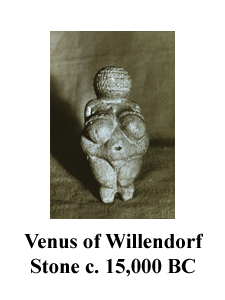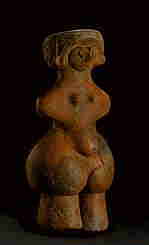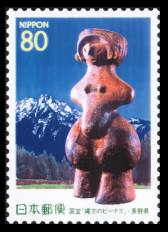 The image to the right is an artist's depiction of the Big Bang, the earliest event in the history of the universe that humans have been able to detect using scientific tools.
The image to the right is an artist's depiction of the Big Bang, the earliest event in the history of the universe that humans have been able to detect using scientific tools.
 The image to the right is an artist's depiction of the Big Bang, the earliest event in the history of the universe that humans have been able to detect using scientific tools.
The image to the right is an artist's depiction of the Big Bang, the earliest event in the history of the universe that humans have been able to detect using scientific tools.

The Astronomy timeline does reveal the earth's history in the context of the rest of the universe, at least as far as we can verify it through science. Our galaxy was formed relatively late compared to other galaxies; our solar system, was formed through a supernova explosion of a larger star. Life on earth formed about 500 million years after and it took roughly 3.5 billion years before the Ozone layer was ready for the “Cambrian Explosion” of land life. Sexual reproduction (the red line) has also been around for a billion years and it predates the Cambrian Explosion on land. The brown line represents mammals and they have only been around since a meteorite eliminated the cold sensitive dinosaurs.

Paleontology Perspective (representing approximately half of the last section of the astronomy timeline). What appears to be at issue in the article is whether or not the Cambrian Explosion of life on earth, including humans, makes us any more special than forms of life that predated this period. Since the characteristic of having spinal chords predates the Cambrian Explosion, the author argues, we are “of it and not It.”

Anthropology timeline represents the section of the paleontology line from 5 million years point. Anthropologists argue about what it is to be human, what is human nature, and how have we populated the earth over time. A key feature that distinguishes us from other primates, according to anthropologists is the extended childhood required to grow our brains and reach maturity for sexual reproduction. Our hominid childhood lasts about twice as long as other primates, our closest relatives, the Chimpanzees and the Bonobos with whom humans share between 97 and 99 percent of the same DNA. For example, we share the gene for balding with the Bonobos. Bonobo society is also interesting in the dominance of females and their methods of conflict resolution which is so much less violent than chimpanzee society. According to Primatologists and Anthropolgists such differences in the nature of primates can call into question common assumptions regarding the nature gender relations in human history. According to archeological evidence in periods of history predating the agricultural revolution, women may in fact have had more status than men in many societies. Between 20,000 years ago and 10,000 years ago the first representations of the human form were female; and in many non-agricultural societies today, females often have a higher status than they do in agricultural societies. Because the written record is the primary basis for our study of world history, we do not know the extent of the variation of gender relations in human history. It does appear, however, that the agricultural revolution set the status of women back from what it was (and is) in non-agricultural societies; and it was not until the industrial revolution in the 19th century that women begin to gain back some of their status and rights.


